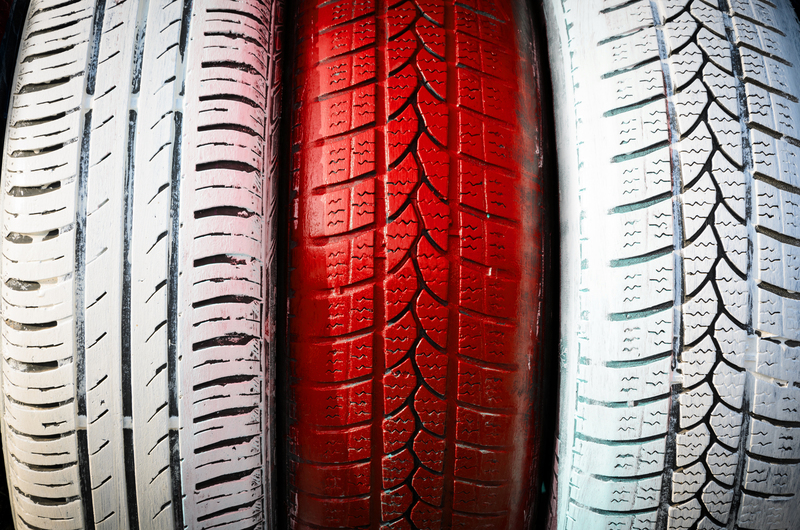Wood waste is often regarded as a disposable byproduct of the timber industry. However, innovative minds across the globe are turning this so-called waste into a treasure trove of sustainable opportunities. In this article, we explore how eco-friendly innovations with wood waste are reshaping industries and promoting environmental sustainability.
Understanding Wood Waste
Wood waste refers to unused remnants generated from activities such as logging, woodworking, and furniture manufacturing. This waste typically includes sawdust, wood chips, offcuts, and bark. Historically, such materials were often discarded or burned, contributing to pollution and deforestation. Today, however, there's a growing trend towards harnessing wood waste for more sustainable and innovative purposes.

The Need for Eco-Friendly Solutions
As the effects of climate change become more pronounced, the urgency to adopt sustainable practices has never been greater. Utilizing wood waste effectively can reduce forest depletion, lower carbon emissions, and support a circular economy. By diverting waste from landfills, we can preserve natural resources and create new economic and environmental benefits.
Innovative Uses of Wood Waste
1. Bioenergy from Wood Waste
One of the most promising eco-friendly innovations involves converting wood waste into bioenergy. This process involves transforming waste materials into biofuels that can power homes and industries. Not only does this reduce reliance on fossil fuels, but it also minimizes waste, making it a double win for sustainability.
- Biogas Production: Through anaerobic digestion, wood waste can be converted into biogas, a renewable energy source for heating and electricity.
- Pellet Fuels: Wood pellets, made from compressed sawdust or shavings, offer a clean-burning fuel alternative for heating.
2. Wood Waste in Construction
The construction industry is finding new ways to incorporate wood waste into its materials mix. This not only reduces construction costs but also enhances the sustainability of building projects.
- Particleboards: Often made from pieces too small for traditional lumber, particleboards are used in cabinetry and flooring.
- Wood-Cement Composite: Combining wood waste with cement produces a composite material with excellent insulation properties, suitable for eco-friendly buildings.
3. Biodegradable Composites
Innovative biodegradable composites are being developed as a substitute for traditional plastics, using wood waste as a primary ingredient. These composites decompose naturally, reducing plastic pollution and offering a green solution.

Importance of Circular Economy in Wood Waste Innovations
A circular economy focuses on maximizing the life cycle of products, with minimal waste. Here's how wood waste innovations contribute to this model:
- Resource Efficiency: By using wood waste to create new products, industries can reduce the need for raw materials, thus conserving resources.
- Waste Minimization: Repurposing wood waste prevents the accumulation of refuse in landfills, reducing methane emissions and soil contamination.
- Economic Growth: These innovations offer new business opportunities and jobs, driving sustainable economic growth.
Challenges and Future Prospects
Despite the promising nature of these solutions, some challenges remain:
- Technological Barriers: Developing cost-effective and scalable technologies for wood waste conversion is still a challenge.
- Market Adoption: Convincing industries and consumers to shift from conventional materials to wood waste alternatives requires systemic changes and government incentives.
However, the future of eco-friendly innovations with wood waste looks bright. With advancements in technology and increased environmental awareness, the potential for scaling these innovations is significant. This not only aligns with global sustainability goals but also opens new frontiers in innovation and design.
Conclusion
Eco-friendly innovations with wood waste are transforming how we view and utilize natural resources. By converting waste into energy, construction materials, and biodegradable composites, we can reduce our environmental footprint, conserve resources, and foster a more sustainable future. Embracing these innovations is crucial for achieving a truly sustainable economy and is a vital step towards addressing the pressing environmental challenges of our time.
Learn more about how wood waste can be the cornerstone of a sustainable future and contribute to a healthier planet.